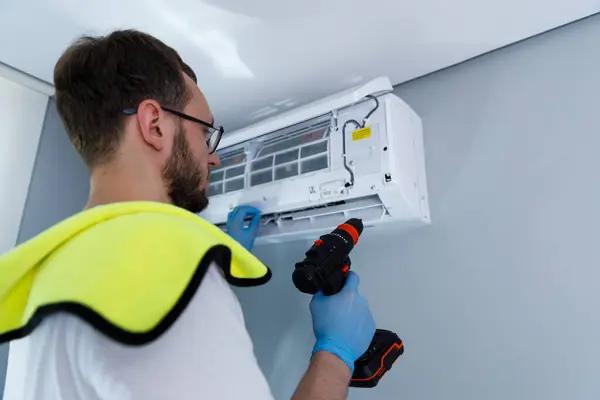Heating, ventilation, and air conditioning (HVAC) contractors frequently encounter a variety of heating system issues during their service calls. Homeowners often rely on these systems to ensure comfort during colder months, but like any mechanical equipment, heating systems are prone to wear and tear over time. By understanding some of the most common heating problems identified by HVAC professionals, homeowners can take proactive steps to maintain their systems and avoid costly repairs.
One of the most frequent issues HVAC contractors report is uneven heating throughout a home. This problem may stem from blocked or leaky ductwork that prevents warm air from circulating evenly across rooms. In some cases, improper thermostat settings or placement can also contribute to inconsistent temperatures. Regular maintenance checks can help identify such issues early on before they lead to more significant discomfort.
Another prevalent issue is dirty or clogged filters in the system. Air filters play an essential role in trapping dust and debris while ensuring efficient airflow through the unit. When these filters become dirty, they restrict airflow, forcing the system to work harder than necessary and potentially leading to overheating or even failure of components like blowers or motors. Seattle hvac contractors experts recommend replacing filters every one to three months depending on usage levels.
Ignition problems are another concern frequently addressed by contractors, especially in gas-powered furnaces. Issues with pilot lights or electronic ignition mechanisms can prevent proper combustion required for heat generation. These malfunctions might be caused by dirt buildup around burners, faulty sensors, or loose connections within the ignition assembly.
A malfunctioning blower motor is also a common complaint among homeowners experiencing reduced efficiency in their heating systems. Blower motors are responsible for distributing heated air throughout your home; if they fail due to worn-out belts or electrical faults, warm air will not circulate effectively.
Finally, short cycling—when a furnace turns on and off repeatedly without completing its full cycle—is an issue that should not be overlooked. This behavior could result from oversized units that heat spaces too quickly or malfunctioning thermostats sending incorrect signals.
To mitigate these frequent issues and extend the lifespan of their heating systems, homeowners should schedule routine inspections with certified HVAC professionals at least once a year before winter begins. Proactive maintenance ensures optimal performance while minimizing unexpected breakdowns during critical times when reliable heat is needed most.




